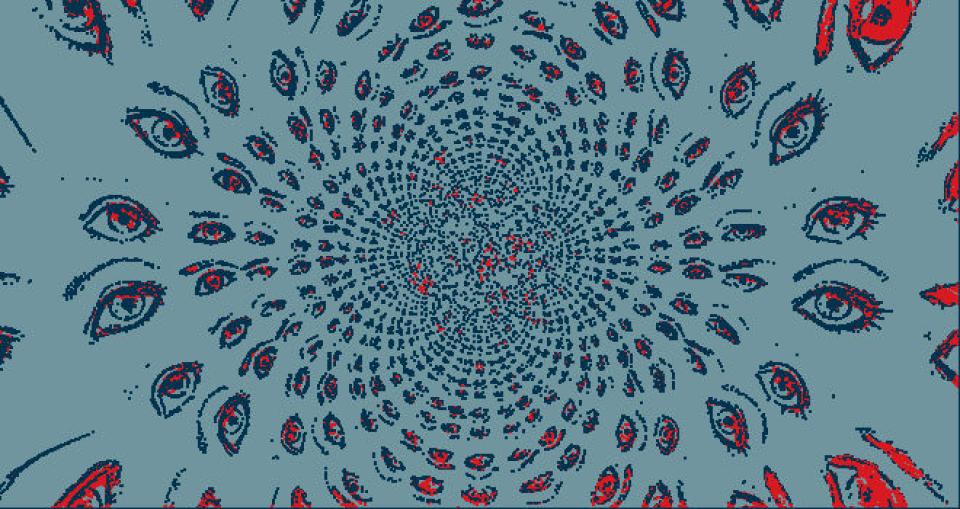
For many women living in India, there are several reasons why legal recourse is an absolute last resort, or simply not a resort at all. Given that cyber laws are relatively new, a lack of knowledge around these provisions – on both the part of women and the police – poses one significanct barrier. Furthermore, the research documented in ‘“Don’t Let It Stand!”’ also clearly brings out women’s reluctance to engage with law enforcement as such engagements often result in women being disbelieved or, worse, blamed for the harassment they face, both online and offline.
The paper begins with an examination of one set of laws in India that can potentially be mobilised to fight gendered online abuse: those regarding obscenity and indecency. In particular, to understand their usefulness, the question is: how do such laws construct women?
In the second section, the paper then analyses in greater detail other provisions in the law that can be drawn on to specifically address the verbal abuse of women online, including section 66A.
Finally, in the third section, the paper puts forward a number of possible legal amendments that have emerged over the course of our research as potential ways forward to provide better protection to women who face abuse online. These proposals aim to serve as a starting point for further debate and discussion.
Content
1 Gender and censorship: where do women fit in?
1.1 Women as objects or subjects of obscenity?
1.2 Indecency laws: the death of agency?
1.3 Consent and the Censor
2 Verbal abuse online: How the law can help
2.1 The IT Act: Understanding section 66A
2.2 Beyond the IT Act: Legal alternatives
3 The way forward: Do we require legal reform?
3.1 Do we need a wider Women’s Law?
3.2 Do we need a better Hate Speech Law?
4 Conclusion
The paper begins with an examination of one set of laws in India that can potentially be mobilised to fight gendered online abuse: those regarding obscenity and indecency. In particular, to understand their usefulness, the question is: how do such laws construct women?
In the second section, the paper then analyses in greater detail other provisions in the law that can be drawn on to specifically address the verbal abuse of women online, including section 66A.
Finally, in the third section, the paper puts forward a number of possible legal amendments that have emerged over the course of our research as potential ways forward to provide better protection to women who face abuse online. These proposals aim to serve as a starting point for further debate and discussion.
Content
1 Gender and censorship: where do women fit in?
1.1 Women as objects or subjects of obscenity?
1.2 Indecency laws: the death of agency?
1.3 Consent and the Censor
2 Verbal abuse online: How the law can help
2.1 The IT Act: Understanding section 66A
2.2 Beyond the IT Act: Legal alternatives
3 The way forward: Do we require legal reform?
3.1 Do we need a wider Women’s Law?
3.2 Do we need a better Hate Speech Law?
4 Conclusion
Year of publication
2013
- 6872 views





Add new comment